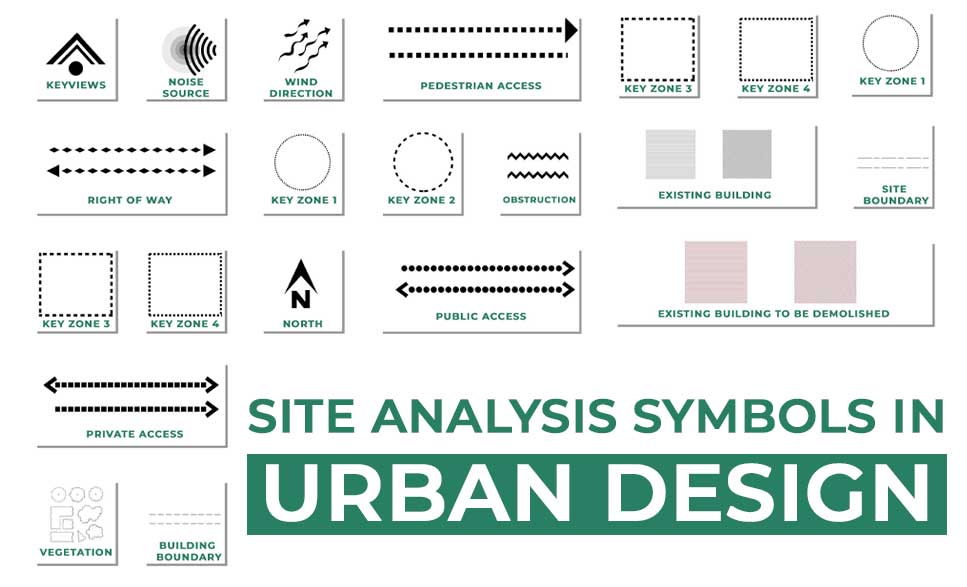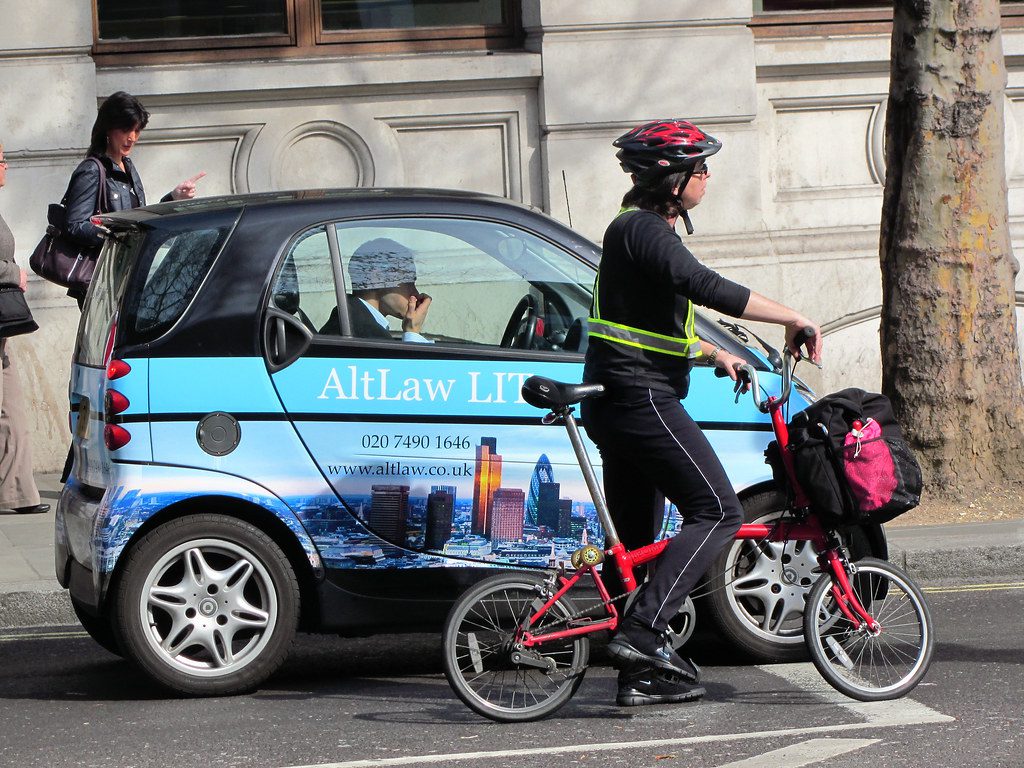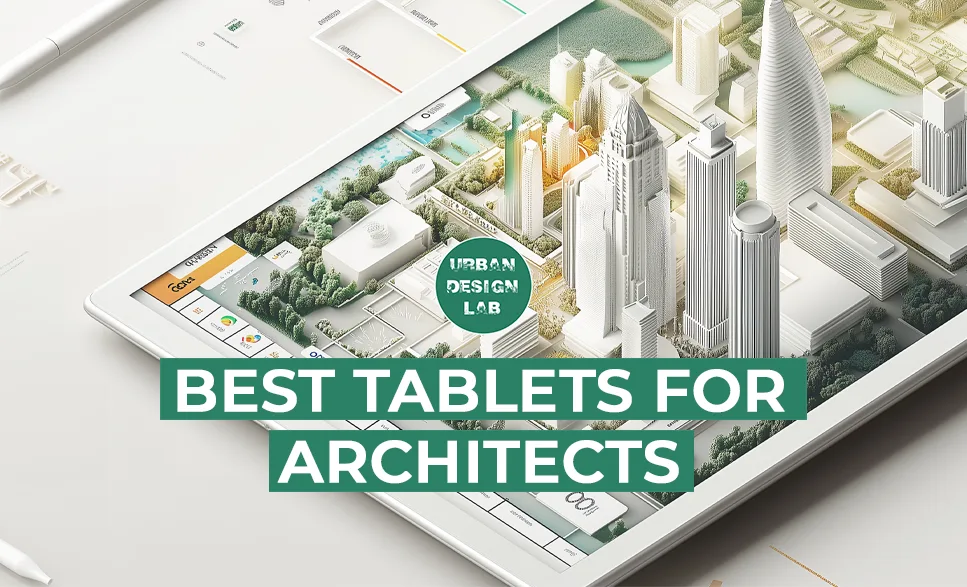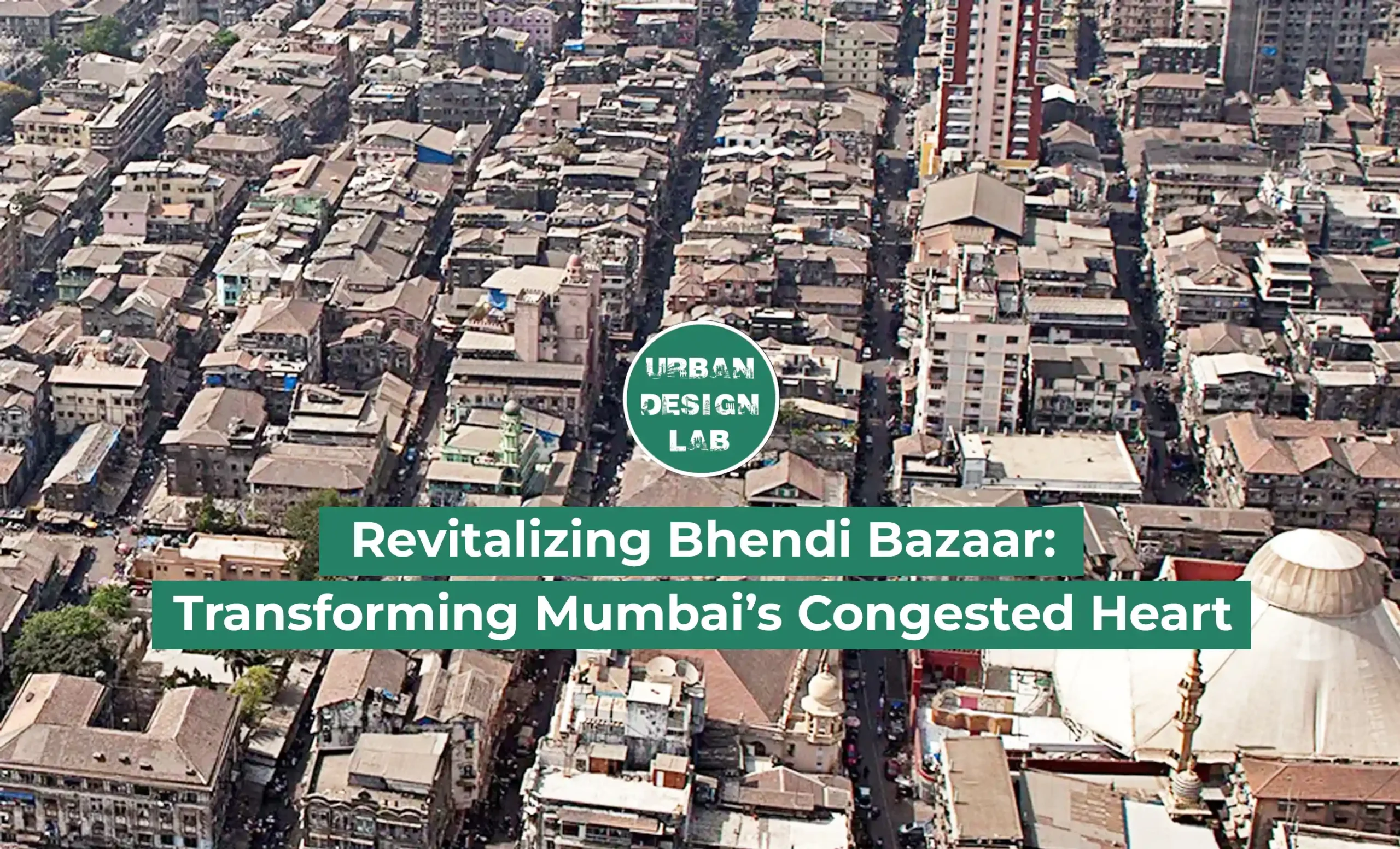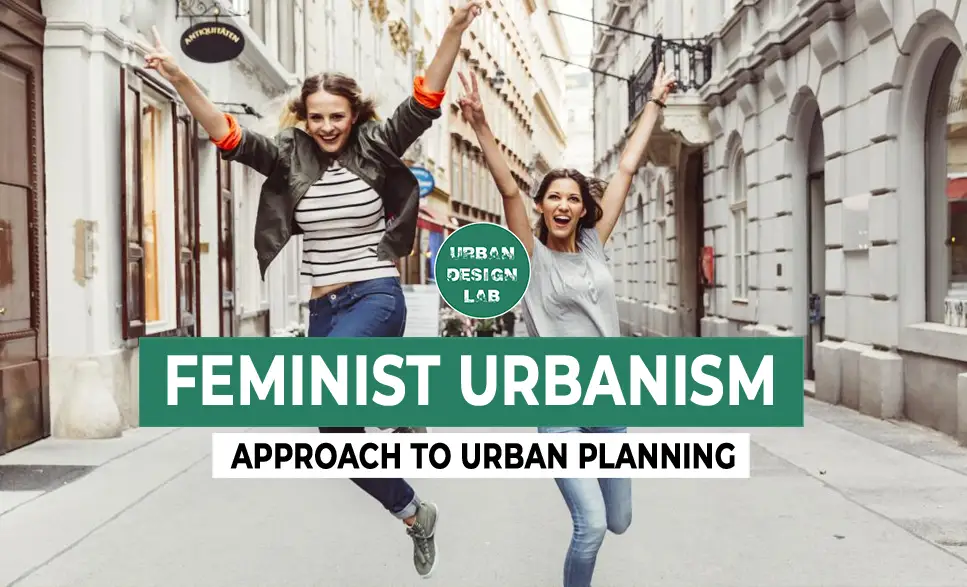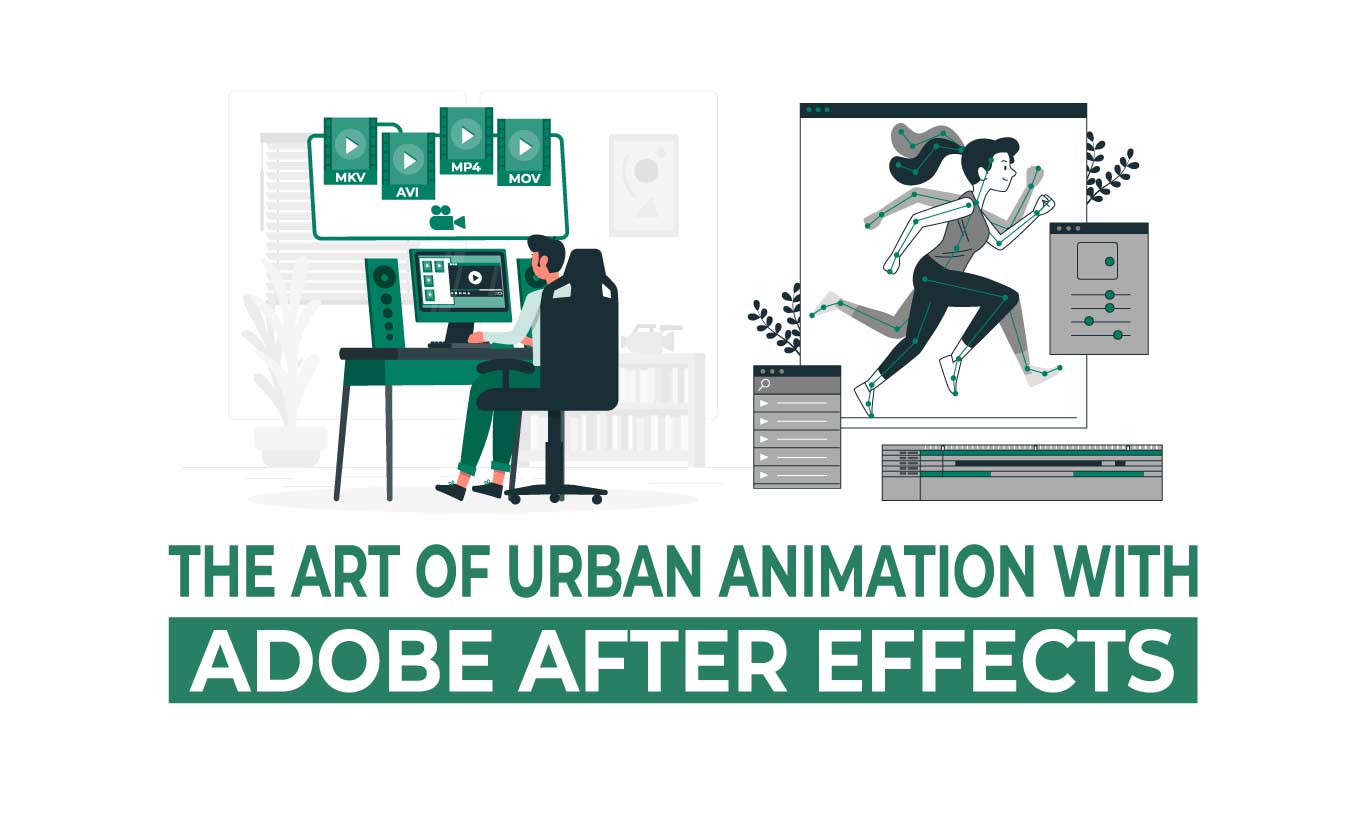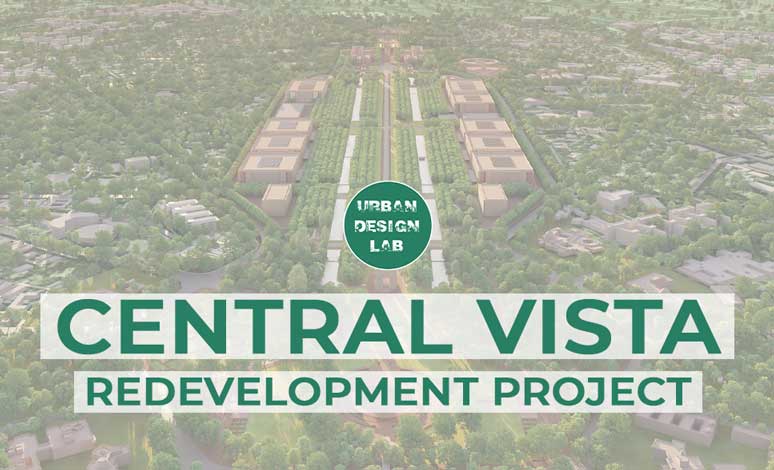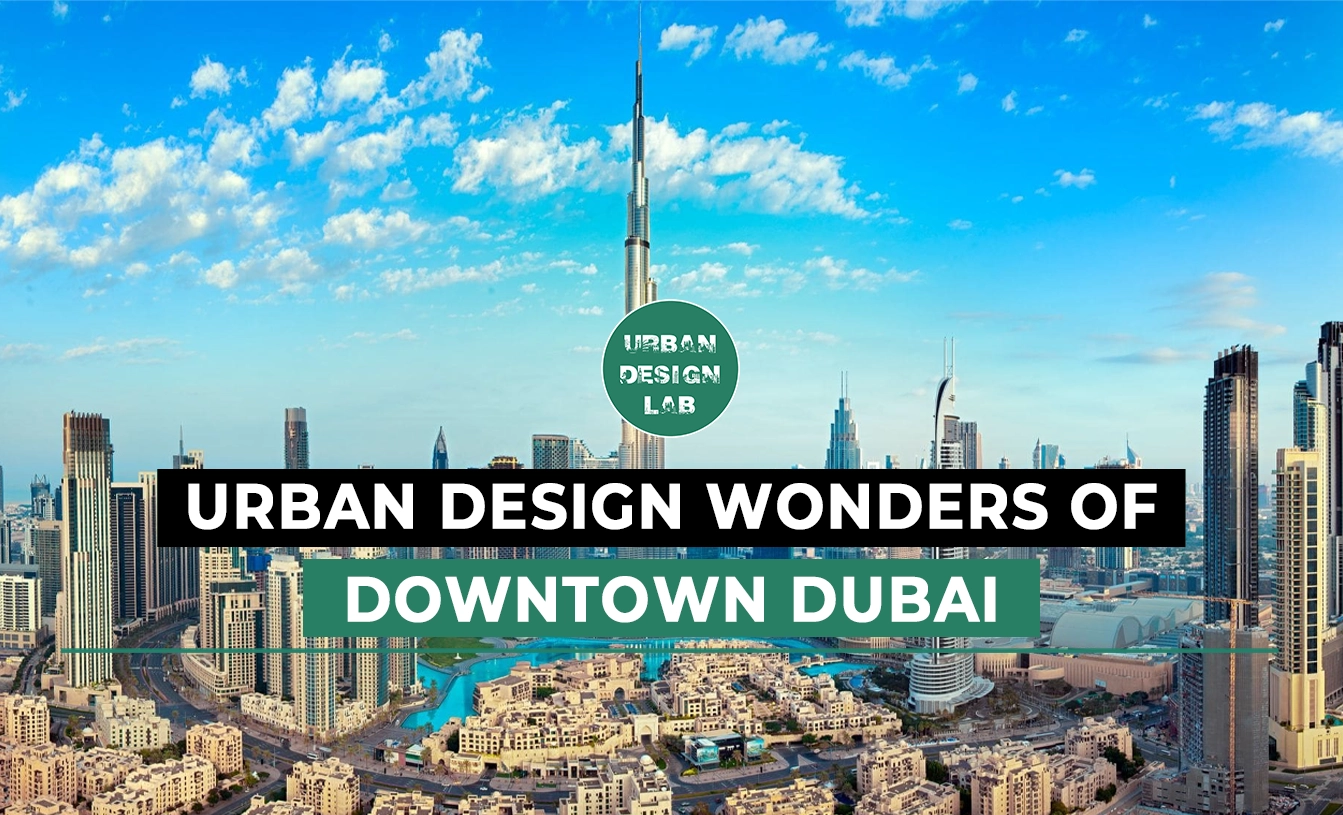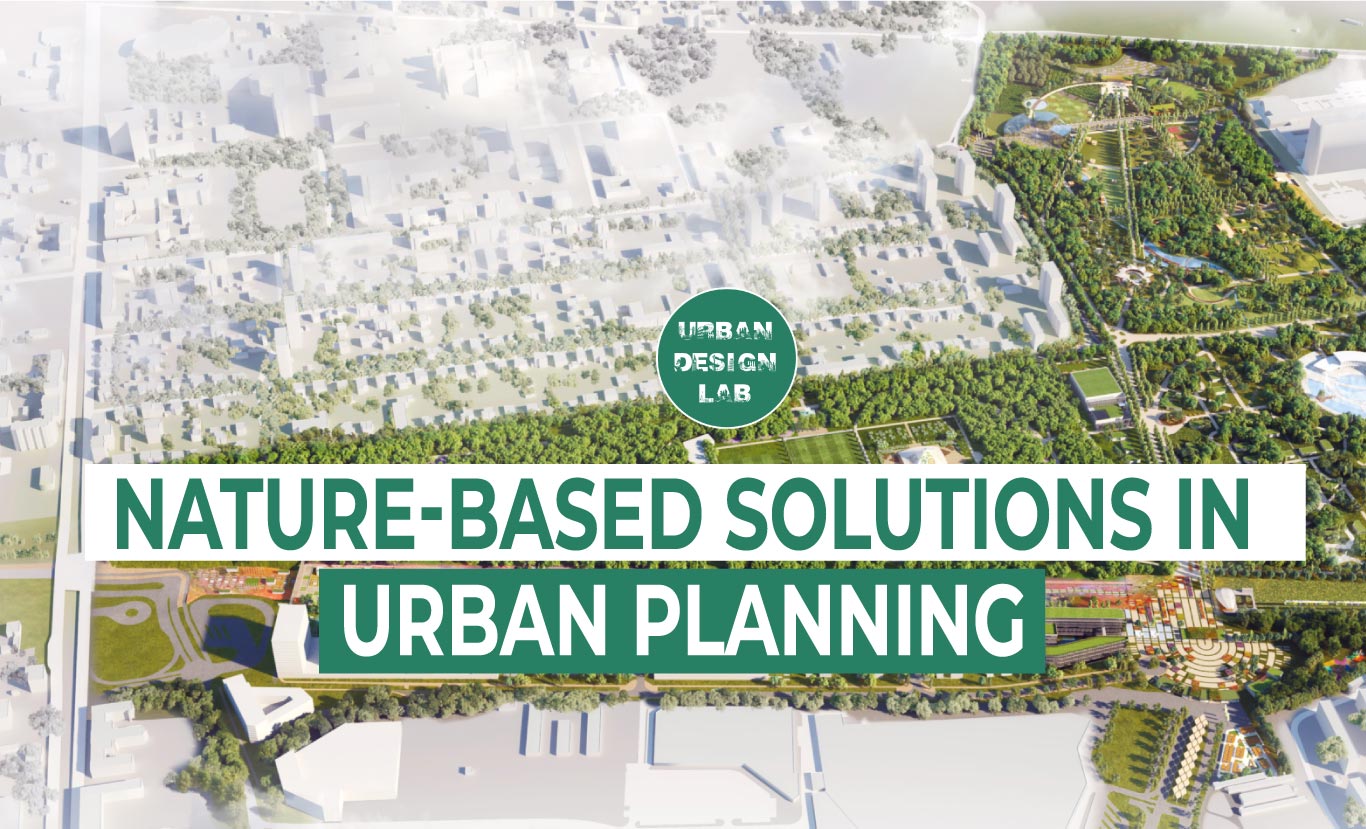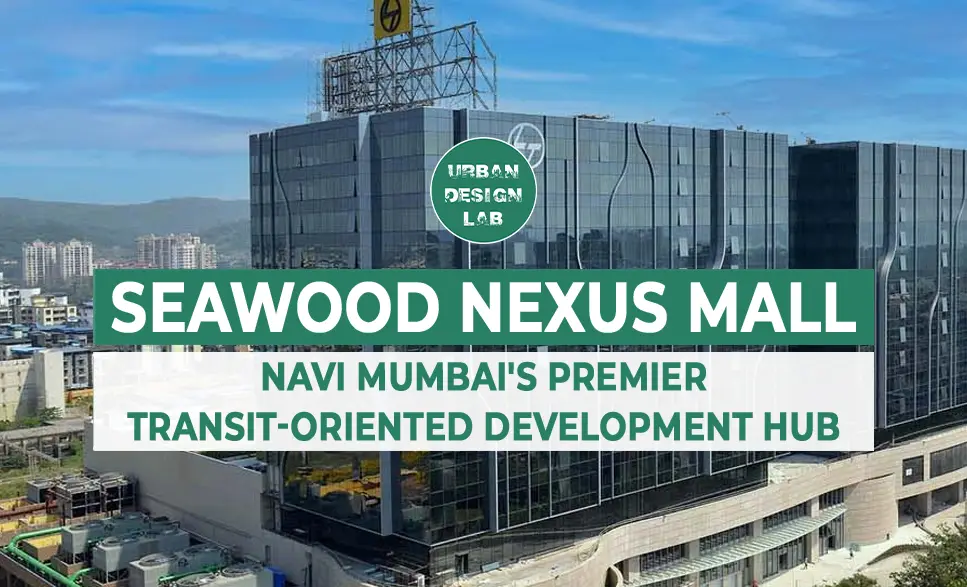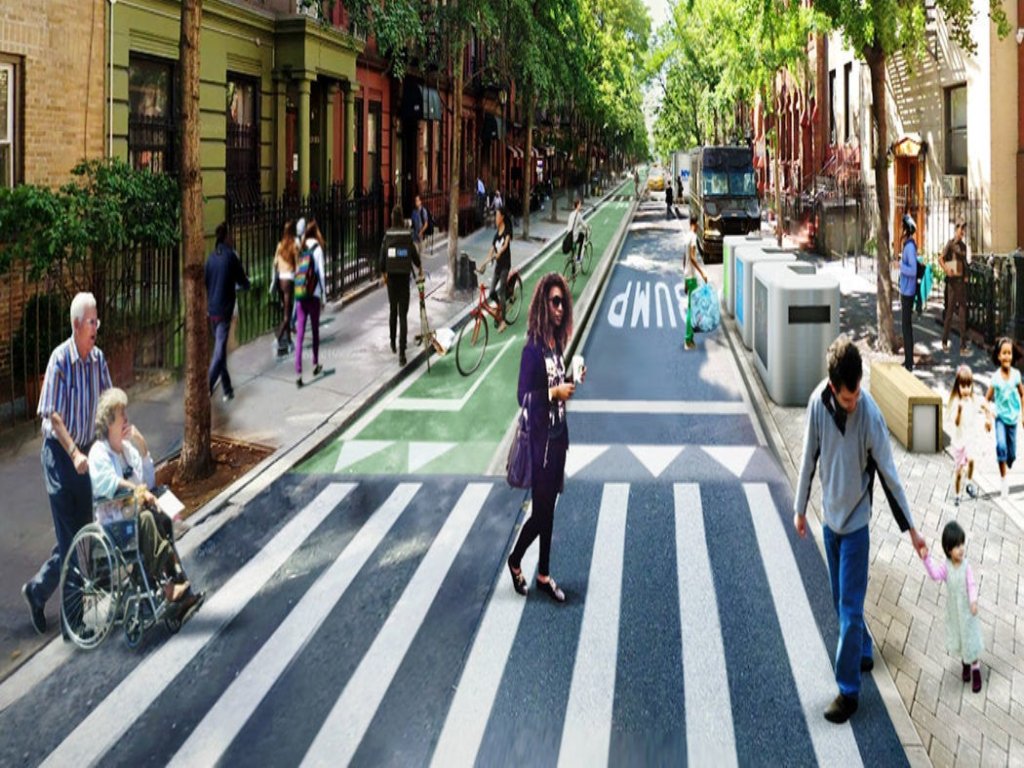
We Need Queer Urbanism
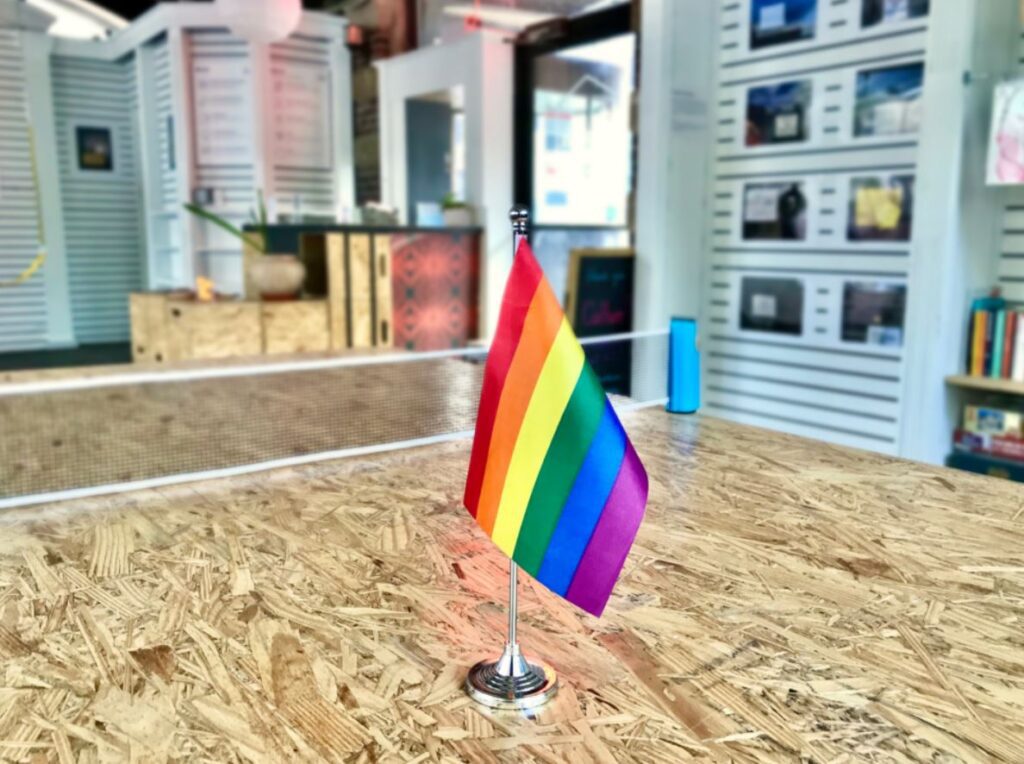
At CultureHouse, we create spaces that defy norms. We often describe our community pop-ups as indoor public parks, communal living rooms, and third spaces. We do this because there is no clear parallel to existing infrastructure that exactly matches what our pop-ups encompass. In essence, our spaces are living examples of what I call Queer Urbanism — a new way of designing cities from the queer perspective.
Queerness and public space
Queerness is defined by public perception. One can only be queer — defined as “strange” or “odd” — in comparison to others. Though the LGBTQ+ community has reclaimed the word, it doesn’t change the fact that queer people are systemically excluded from urban design. It’s long past time for that to change.
In his article “Planning as a Heterosexist Project,” Michael Frisch argues urban planning structures — from zoning regulations to public space design — promote cis and straight identities while suppressing queer people. These structures exclude through policies that assume heteronormative family and relationship structures as the only definition of normal. They erase queer people from public life and create an urban landscape that is decidedly cisheteronormative.
Why we need a change
LGBTQ+ Americans have lower incomes than the general population and are less likely to have children (Williams Institute). These factors are in direct opposition to the main forces shaping American urban areas: money and reproduction.
Much of our social infrastructure in the US is pay-to-enter. Whether it’s a café, a museum, or a barbershop, payment is required to participate in the space’s public life. Of the social infrastructure that is free, much of it (parks, schools, and libraries) caters to people with children. Consistently, queer people have been excluded from family-oriented spaces with discrimination disguised as concern for children’s safety (NPR). The other major public space is the street — but constant slurs and attacks make them unsafe for queer people, especially those who are trans and BIPOC (Center for American Progress).
With much of public space being discriminatory to queer people, private space is often the only place queer people can be centered. However, LGBTQ+ people are less likely to own homes and more likely to experience homelessness — locking many of them out of the only places they can be safe (Williams Institute).
Even in this hostile environment, queer spaces do exist. However, without structural change, they are never assured continued existence. Frisch states that through structures set up to promote straight and cis identities, “Planners work to destroy … queer spaces and render them safe for heterosexuals.” To create public spaces that are genuinely welcoming to queer people, we need to start with a new framework. A system that does not simply invite queer people into space — one that creates an urban environment that is itself queer.
As we build cities for the 21st century, we need a new lens to center queer people in public life: Queer Urbanism.
Just as queer people exist outside of the “normal” structures of society, Queer Urbanism follows principles that are outside the “normal” forces of urban development. It doesn’t assume wealth, traditional family structure, and identity. Rather, Queer Urbanism welcomes and celebrates the identities of those who have not had a world made for them.


Make it intersectional
In every statistic, trans and BIPOC queer people experience more discrimination and barriers than white and cis queer people. In his article “Why do so many queer folks love urbanism?”, Wyatt Gordon writes, “Too often the things that we have in common as queer urbanists — namely, our contempt for car dependency and aversion to heteronormativity — tend to distract from the ways in which systemic inequities of racism, sexism, and transphobia replicate themselves in our own niche sphere of society” (Greater Greater Washington).
If we do not center BIPOC and trans identities in Queer Urbanism, we are setting up structures that are no better than the ones we are inheriting. Queer people are well positioned to do this. According to a Pew Research study, LGBTQ+ people are “more likely to perceive discrimination not just against themselves but also against other groups with a legacy of discrimination” (Pew Research). This perception, however, is not a given. As Kristen Jeffers says later on in Gordon’s article, “‘Until white cis gay and straight men get OK with being uncomfortable and even ask why they feel so much discomfort when there are people who aren’t like themselves in the room, nothing will change’” (Greater Greater Washington).

CultureHouse as Queer Urbanism praxis
The forces that guide our work at CultureHouse are rooted in Queer Urbanism. In past community pop-ups, we’ve celebrated pride month, hosted a queer bookstore, and developed a police policy that protects vulnerable visitors.
Our LGBTQ+ focus, however, goes much deeper than programming and design. As a queer-led organization, we use a lens that doesn’t assume cisheteronormative identities — therefore creating infrastructure that doesn’t enforce cis and straight norms. Instead of building spaces around money, our spaces are free to enter (we often have free coffee as well). Families of all forms with children use our spaces in tandem with those who don’t have kids. We center BIPOC and other communities who are often not welcomed into public space. CultureHouse pop-ups are queer.
When people walk into a CultureHouse pop-up, they immediately understand they are somewhere different. Queering our spaces — operating outside traditional structures and forces — frees them up from heteronormative expectations. This fundamental change in the way we approach social infrastructure, not a rainbow flag (though we proudly fly one), is what makes our spaces welcoming to LBGTQ+ visitors.
Program: Aaron Greiner — CultureHouse Founder and Director
Publisher: CultureHouse
Related articles


Architecture Professional Degree Delisting: Explained

Periodic Table for Urban Design and Planning Elements


History of Urban Planning in India

Best Landscape Architecture Firms in Canada
UDL Illustrator
Masterclass
Visualising Urban and Architecture Diagrams
Session Dates
17th-18th January 2026

Urban Design Lab
Be the part of our Network
Stay updated on workshops, design tools, and calls for collaboration
Curating the best graduate thesis project globally!

Free E-Book
From thesis to Portfolio
A Guide to Convert Academic Work into a Professional Portfolio”
Recent Posts
- Article Posted:
- Article Posted:
- Article Posted:
- Article Posted:
- Article Posted:
- Article Posted:
- Article Posted:
- Article Posted:
- Article Posted:
- Article Posted:
- Article Posted:
- Article Posted:
- Article Posted:
Sign up for our Newsletter
“Let’s explore the new avenues of Urban environment together “

























